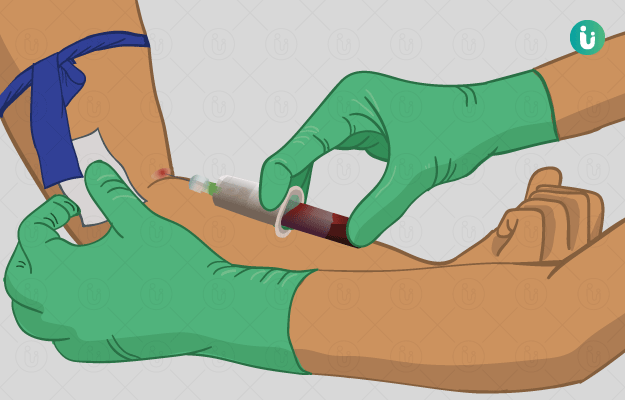What is Dehydroepiandrosterone Sulphate (DHEAS) test?
DHEAS is an androgen (male sex hormone) which is produced by the adrenal gland in both men and women. It is also produced in small amounts by the ovaries in women and the testicles in men. It helps in the production of other reproductive hormones - testosterone and estrogen. In men, this hormone is required for the development of secondary sexual characteristics at the time of puberty such as deepening of the voice and development of muscles. Excess amounts of DHEAS in women may lead to increased androgens which manifests in the form of acne, PCOS and menstrual irregularities.
A DHEAS test is performed to determine the level of DHEAS in your blood. Since this hormone is primarily produced by the adrenal gland, it serves as a marker for adrenal functioning.






























